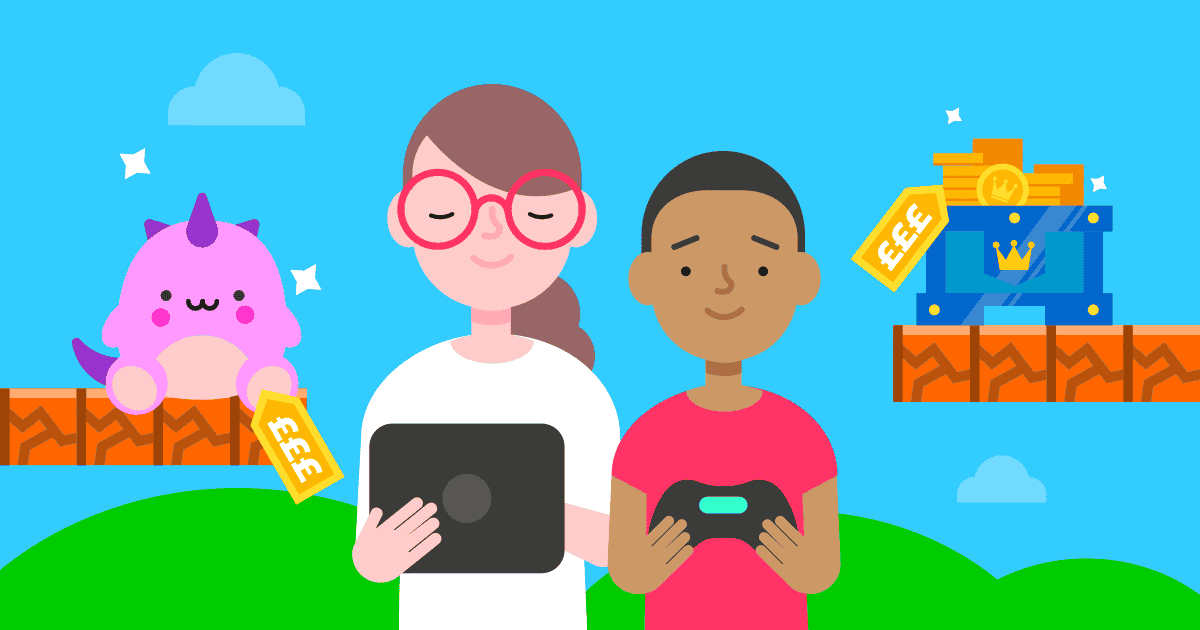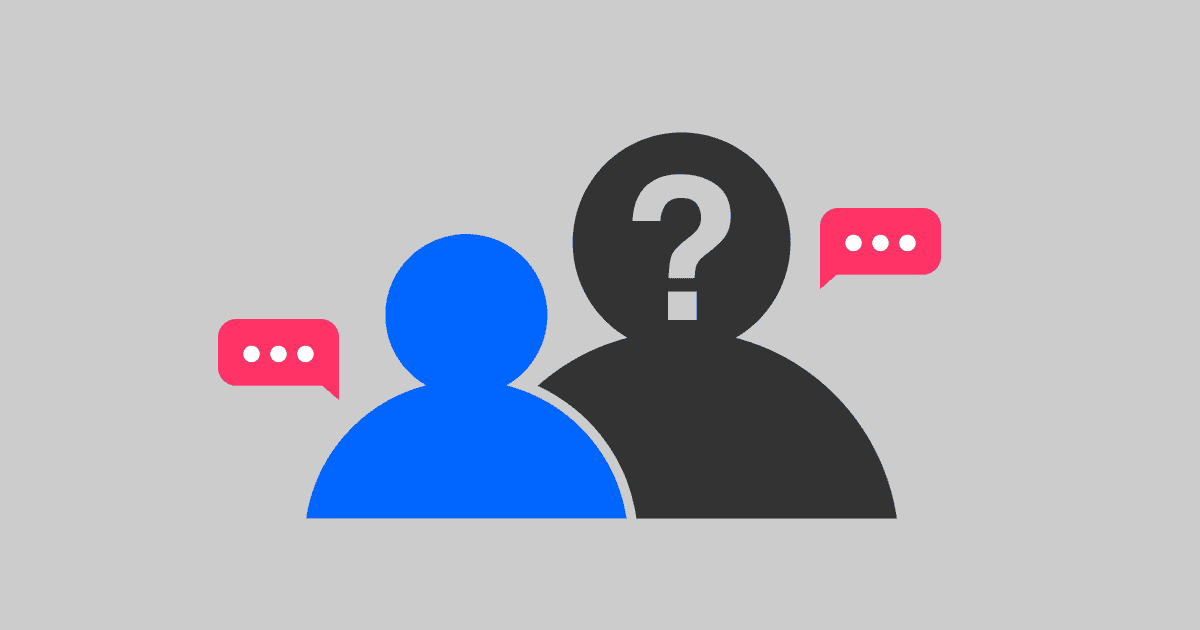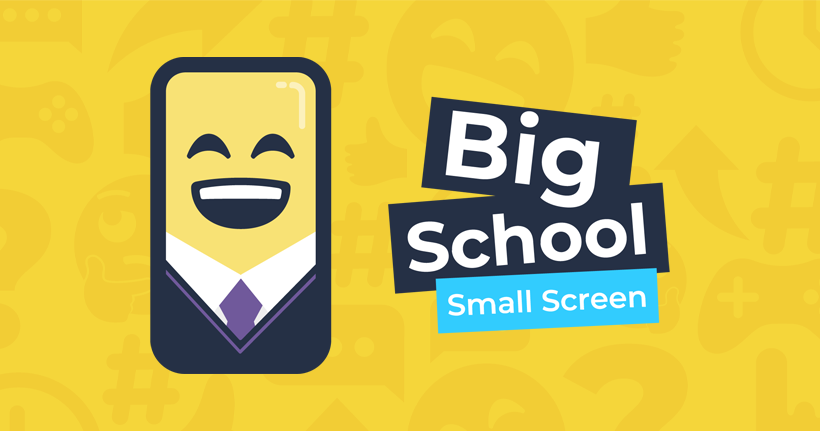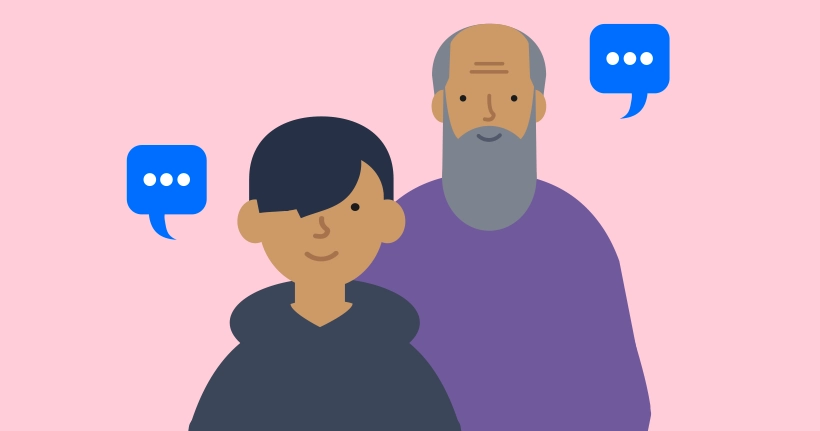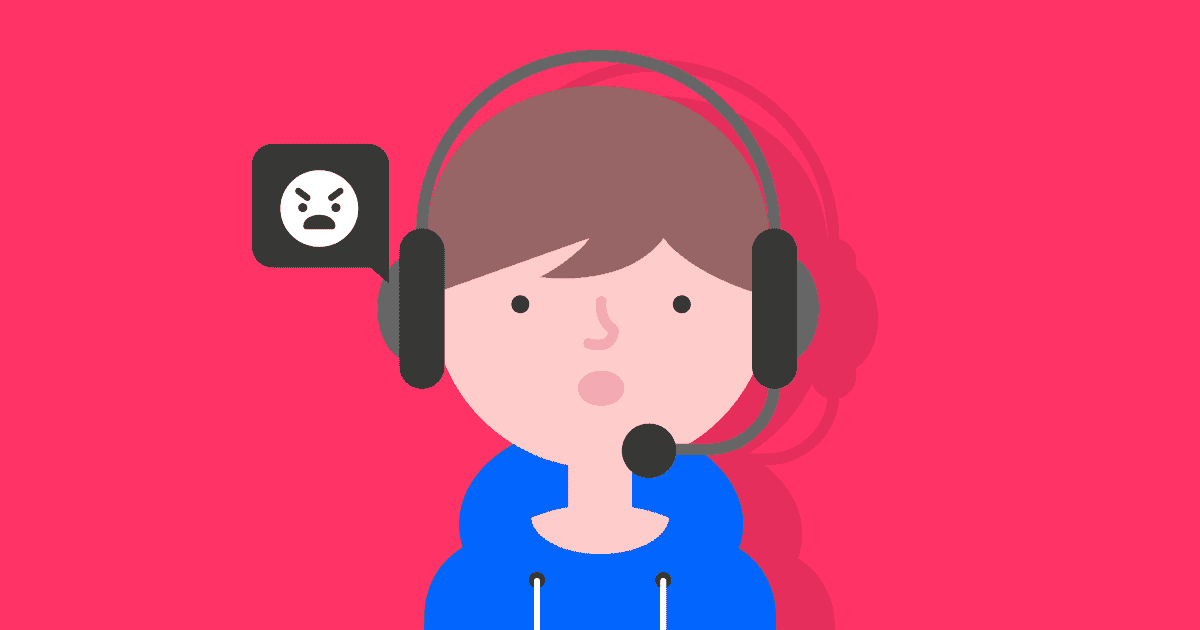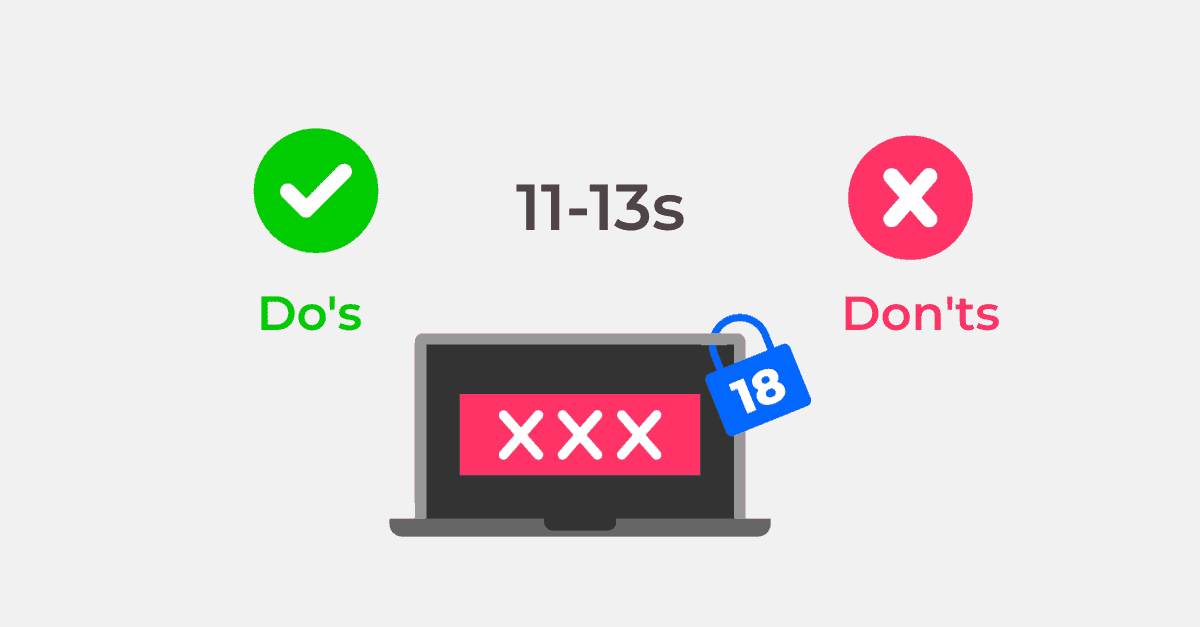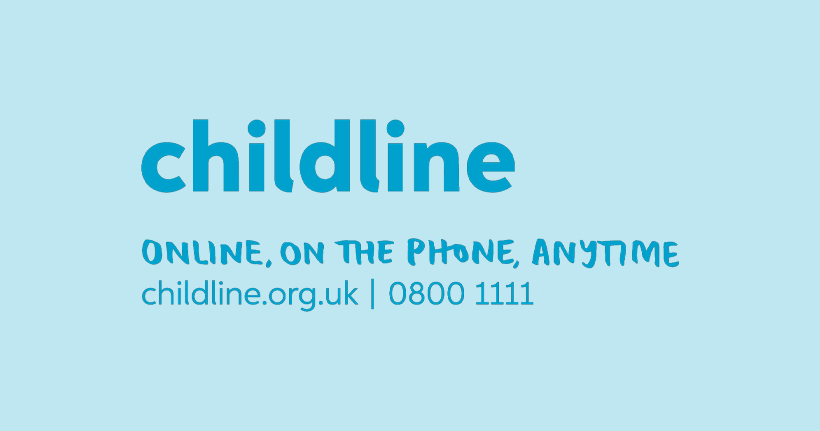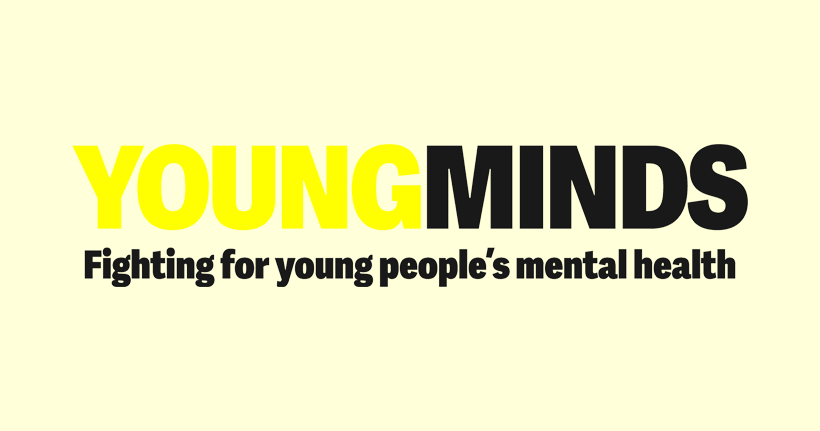Supporting pre-teens online, 11-13. At this age, it's likely that your child will become more independent, spending more time online gaming, chatting, and browsing. So, it's vital to continue to talk to them about online safety. This will help equip them with coping strategies to deal with any online risks they face and help them be happy and healthy online.
Here's what you can do to help: Set up parental controls on your home broadband, as well as all internet-enabled devices that your child has access to. Many will have inbuilt controls to help you manage which apps and sites your child can access and for how long, helping you ensure their time online is positive and has a purpose. Our setup safe parental control guides will walk you through the steps so you can get set up in just a few minutes.
Get them involved when setting controls so they feel part of the process. Make sure to review them as they grow and become more active online. As the internet rapidly becomes a more regular part of your child's daily life, make sure you enable safe search settings on popular sites that they're using, like Google and YouTube. Set boundaries or have a family contract to set their expectations for the sites and apps they can use, remembering that you are a role model and they will copy what they see you do. Encourage them to leave devices outside the bedroom at night and have regular screen-free family times.
There may be an increasing number of ways your child will be online: gaming consoles, personal assistants, laptops for school, as well as smartphones. So, stay interested in what they are doing, respecting their growing independence. Encourage them to use their devices in shared areas and set up a user account just for your child. Most children get their first smartphone before they are 12. But if you feel they aren't old enough, explain why and help them deal with any pressure from their peers to get a device to fit in.
Keep them safe on the move by making use of inbuilt safety settings on mobile networks and devices to filter out inappropriate content. Check age ratings on games, apps, films, and social networks to see if they are age-appropriate. For game ratings, check out the Pan-European Game Information classifications, or PEGI ratings, and look for age ratings in app stores. Have conversations with your child about how they use the internet and what they may find there.
Most social media platforms have a minimum age of 13 or above, but many children use them, so consider whether your child is mature enough to post responsibly and manage any risks they may encounter. Encourage them to develop their critical thinking, making it a habit to question what they see online and not to take everything at face value. Teach your child ways that they can protect themselves online, like enabling strict privacy settings, using block and ignore functions, and the importance of keeping personal information private.
Remind them that not everyone they meet online may be genuine and they should never meet anyone they have only met online in real life without you or an adult they already know and trust. Help your teen feel confident about saying no if they're asked to do anything that makes them feel worried or uncomfortable and to tell you about it. Connected technology is hugely positive for most children. You can help them develop a healthy relationship with screens and tech, teaching them how to have a good balance of online and offline activity and a balanced digital diet.
Because safety on the internet matters.






